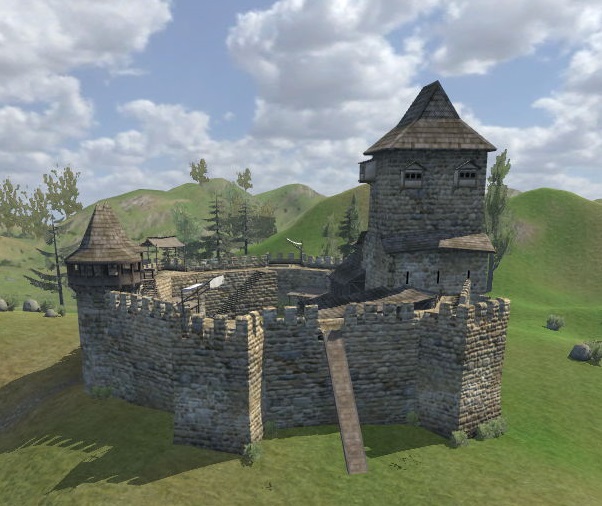

The 'Desert Ruins' and 'Catacombs' levels take place within the Drak'ar Desert.The 'Forest Camp' campaign level takes place near the Death Claw Tower.The 'Oswaroth' campaign level takes place at the Orcish city of the same name.The 'Arena' levels take place at Cathalon.The map shown on the level select screen is a portion of the map of Antaloor from the first game, with each level seemingly taking place at various familiar locations. The soundtrack utilizes songs from Two Worlds II.Ĭastle Defense appears to take place on the same continent as the first Two Worlds. Gold is earned from defeating enemies and surviving waves. There are six types of units available, which can be upgraded by spending gold to improve their effectiveness. It was released on the App Store on April 27, 2011, and on PC/Mac on May 17, 2011, with a later Steam release on June 14 that same year.Ĭastle Defense takes place between the events of Two Worlds and Two Worlds II.The player takes the role of either Gandohar or Sordahon, commanding armies of soldiers against various enemies across ten missions: five Campaign Missions and five Arena challenges. In addition, the leading enemy sets "lead x" and "lead y" to its x and y position to identify to the towers where the leading clone actually is.Two Worlds II: Castle Defense (official website) is a tower defense game developed by Reality Pump and published by Topware Interactive. If an enemy's private progress is greater than the global lead progress, it sets the lead progress to its own, showing that it is in the lead. Every enemy constantly checks if it's progress is greater than the "lead progress" global variable. Make a block called "change y by () and update" that makes the sprite move and increase its progress. Every pixel it moves along the path, its progress increases by 1. When an enemy is generated, it starts with zero progress. Each enemy has its own progress it records. The only private variable above is "progress". There are four variables associated with the leading enemy: Wait until // it must wait for the map to clearĪll the enemy clones have a very simple method of determining which is in the front. Repeat until // generate until blank list item detected The following script generates the enemies constantly and pauses between rounds: Furthermore, each round is separated by a blank list item in each list. For example, if item 1 of "waits" is 4, then the enemy sprite would wait 4 seconds before creating an enemy with the costume # stored in item 1 of "types". Each item in the "waits" list is associated with the corresponding item in the "types" list. The boulder generation is encoded into lists, which is a part of efficient programming. A higher costume makes a stronger enemy with more layers. "types" is a list that tells what costume the enemy begins at when it is generated."waits" is a list that determines how long the wait is before the next enemy is generated.For the enemy generation, the following script can be placed inside the enemy sprite. When a round begins, the enemies need to be generated. Show // show again so the next round can be begun by clicking the button Wait until // wait until the round finishes Set to // variable that tells if the round is in progress Inside the start button, the following script can be placed: When the game begins, the round should not immediately begin typically there is a start button in which one has time to assemble towers before clicking. This helps with the proper transition in the scripting of the project. In the Costume Pane, organize the costumes of the enemy so they are in sequential order of layers. One enemy sprite can be used for every enemy that will be present when the game runs due to cloning. Show // make sure the button is positioned in a good locationīroadcast (play v) // triggers the game to beginĪssuming the enemies have multiple layers to break down, the enemies have to have multiple costumes. Switch backdrop to (Main Menu v) // sets the Stage's backdrop To program the main menu, simply add the following script to the button: The background can be an image created in the Stage. Along with a button, a menu typically has a background. A simple button like this can be created in the Scratch Paint Editor.


 0 kommentar(er)
0 kommentar(er)
